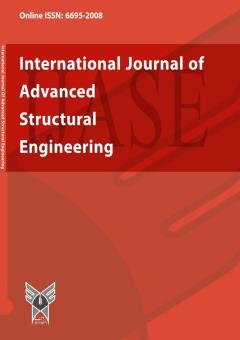-
-
List of Articles
-
Open Access Article
1 - Experimental Investigation on the Mechanical Properties of Goat Hair Fiber Reinforced Concrete
somayeh hatami Eslam Rezaei -
Open Access Article
2 - Biological and microbiological factors involved in the corrosion of concrete structures and solutions to deal with the corrosion of concrete structures
Mohammad Mahdi Zakai -
Open Access Article
3 - Structural Rehabilitation Based on the Reliability Analysis with Consideration of Concrete and Steel Frames
Amirreza Zamani -
Open Access Article
4 - Evaluation of Yielding Dampers in Diagonal Bracing Systems Based on the Perforation Arrangement in the Damper Plat
samaneh jafarpour -
Open Access Article
5 - A Comparison of High-Strength Structural Bolts: European ISO 14399 vs. American ASTM A325 & ASTM A490 Standards
Payam Tarighi -
Open Access Article
6 - The effect of different arrangements of longitudinal reinforcements on the capacity of wide concrete beams
Javad Mahdian pari alireza faroughi
-
The rights to this website are owned by the Raimag Press Management System.
Copyright © 2021-2025







